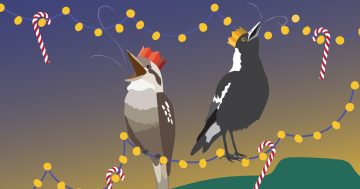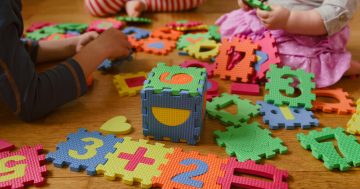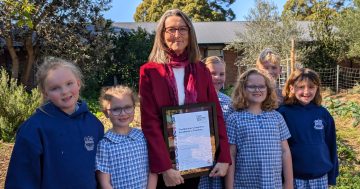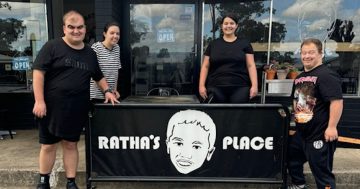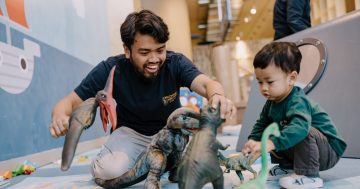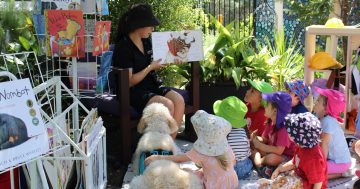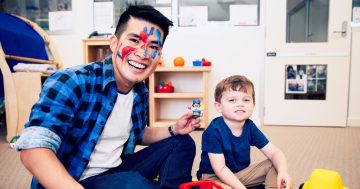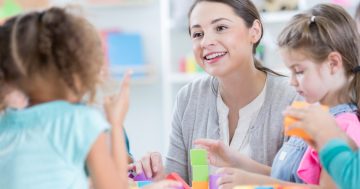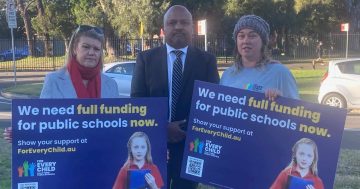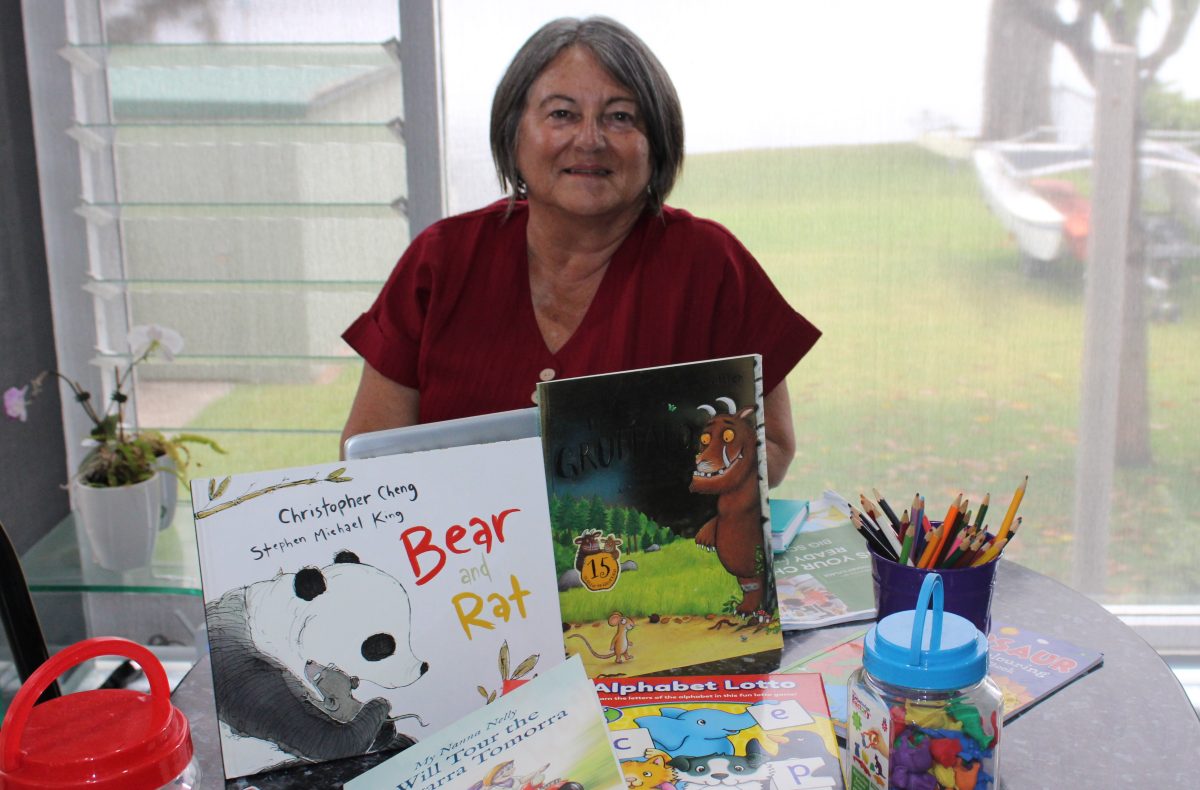
Rikki Toohey is sharing her tips and tricks with parents to help kids get the best start in school. Photos: Keeli Royle.
A former primary school teacher with almost four decades of experience and expertise in the development of young children is helping parents to prepare their kids for school by sharing important skills and day-to-day activities that could enhance a child’s educational experience.
Rikki Toohey is bridging the gap to big school by setting kids up to succeed before they step in the door.
“My goal is to educate and support parents of preschoolers so that their children are ready to start school confidently,” she said.
She has been an educator since 1981, specialising in two to eight-year-olds, and has seen the impact of children starting school without the tools to thrive.
“If they’re unprepared, it can be a really emotional and upsetting time for them, especially for kids who are with their parents all the time,” Rikki said.
“It’s very distressing for the child.”
Determined to pass on her wealth of knowledge, Rikki created an e-book that outlines 50 questions to help gauge a child’s readiness for school, along with the activities that could help them develop those skills at home.
The insights and guidance cover everything from social development, listening, communication and literacy, fine-motor skills and cognition, and can be started as young as two years old.
“These are the basic building blocks that children need for lifelong learning,” Rikki said.
“And after each question, I have the educational reason for each skill and why they need it for future learning so that their parents can understand how this is the starting point.”
But it isn’t a dense textbook that children have to sit down and endure, as all Rikki’s activities are designed to integrate into your normal routine with things you have around your house.
“Nothing in here is about worksheets,” Rikki said. “It’s about normal, everyday activities and things you might have at home, there’s so much you can do with one item.
“If it’s hands-on, they’re more engaged, especially with the language, and you’re actually incorporating a lot of skills.”
Rikki said while there should be no expectation that a child can read independently by the time they start school, books were a vital part of the learning process.
“It’s really important to read to your children every night and even if they don’t understand the words, their language develops,” she said.
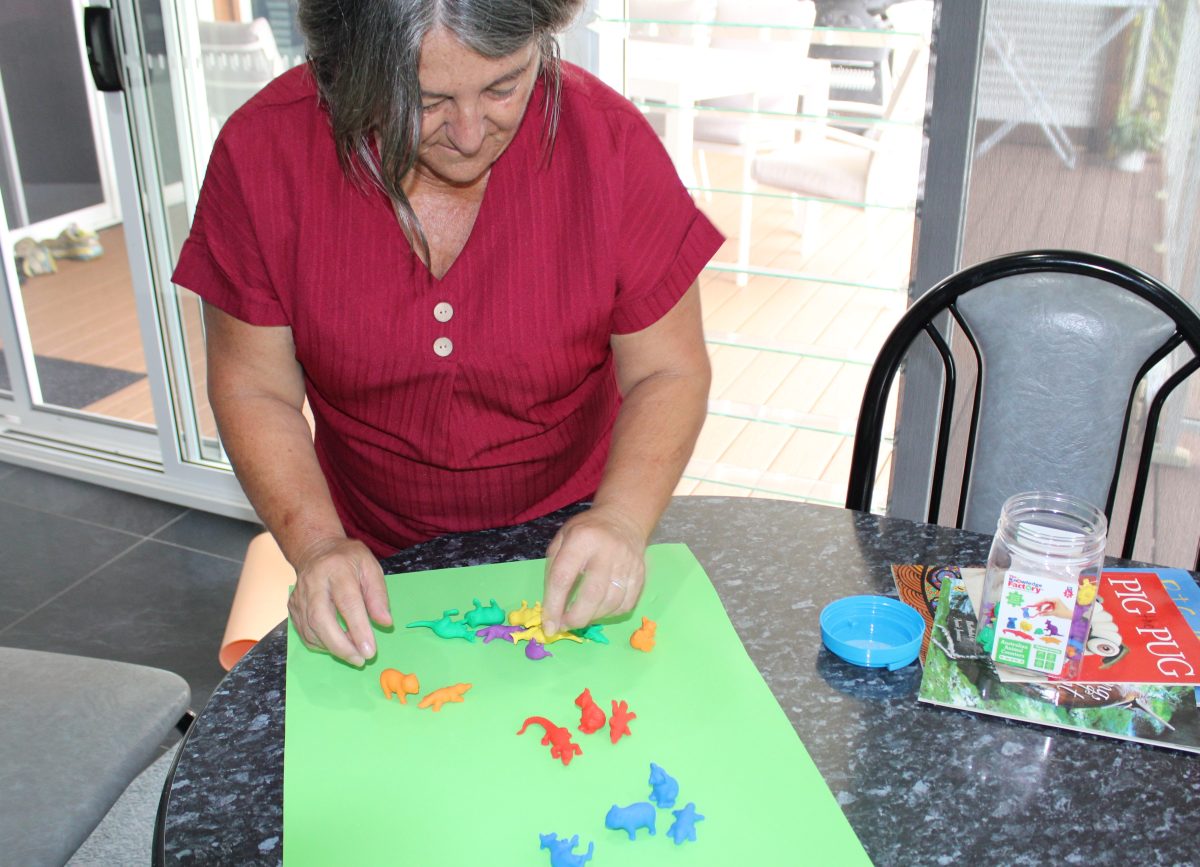
Rikki demonstrates how one set of toys can be used to work on several cognitive and motor skills.
The way parents interact and communicate with children while reading can also benefit a range of areas.
“Just looking at a book, predicting what might happen and teaching your child that even if you predict incorrectly, that’s OK because you’re looking at the picture and you’re thinking about what could happen,” Rikki said.
“Then that leads in to school as well when kids have to predict in mathematical problems and some children get quite frustrated with that because they’ve not done a lot of predicting.”
She said the groundwork for maths could also be made easier by improving working memory, which helped children to retain information while working through multiple sections or parts of an equation.
“Working memory is where you give a young child one instruction and they’re able to follow that, and when they can do that, then you give them two instructions.
“Then you give them three instructions, like get your bag, put your books in and put your bag by the front door.”
And the activities utilise things that are accessible in most homes, whether it is toys that can be sorted into colours, or even leaves from the backyard.
“Talk about the leaves, what shape they are and what colour, and then you can make a pattern with them,” Rikki said. “So you might have two different leaves – make a pattern and get the child to finish it.
“Then you can make, say, two the same then one different, two the same then one different.”
By starting early and not waiting until just before their youngsters enter school to determine their readiness, parents have the time to work with children on these skills over time.
“Like anything, we need to practise,” Rikki said. “You can teach a child something, but they won’t have it straight away.
“Some things can take six months and you’ve just got to keep going and going.”
The idea has been on Rikki’s agenda for more than a decade and the final product has taken years to perfect and finalise.
But she hopes there’s an opportunity to get even more hands-on in the future to help both parents and children with the difficult transitional period.
“What I’d love to do is actually go do workshops with parents,” she said.
“I would love to go to a playgroup and do a workshop where we can extend on what’s there to get their ideas collectively, put them together, share them with everyone and just chat.”
The e-book is available to purchase for $20 from the Mrs Toohey’s Place website, with Rikki also sharing tips and tricks through Facebook and Instagram pages.








